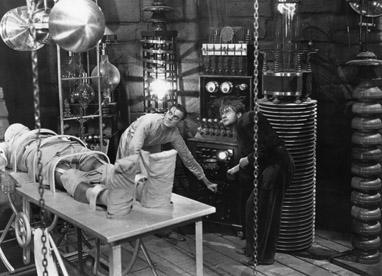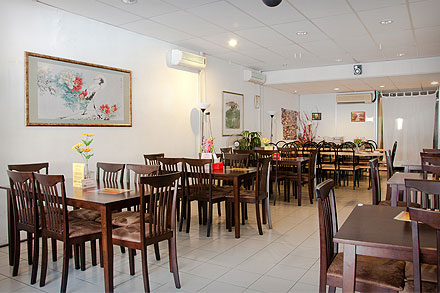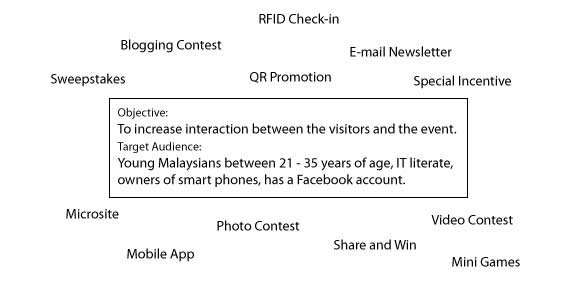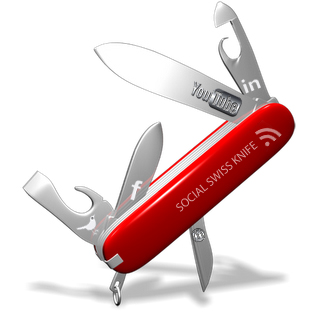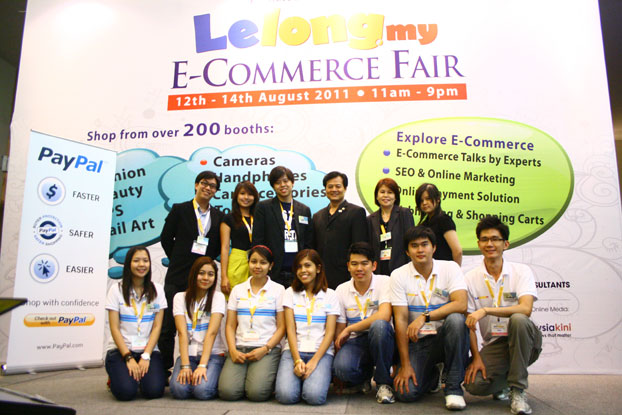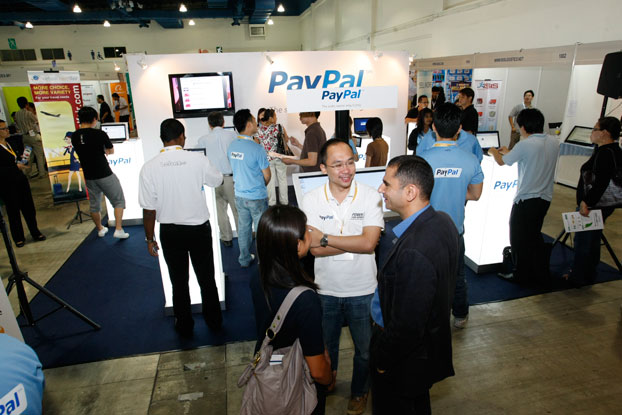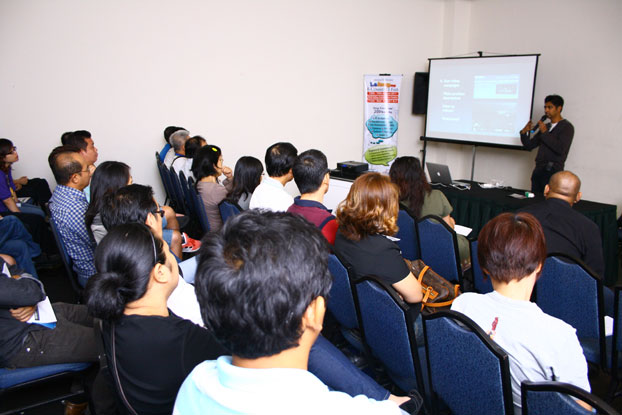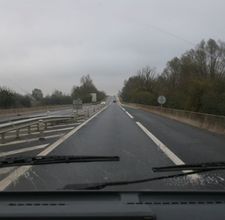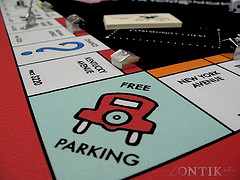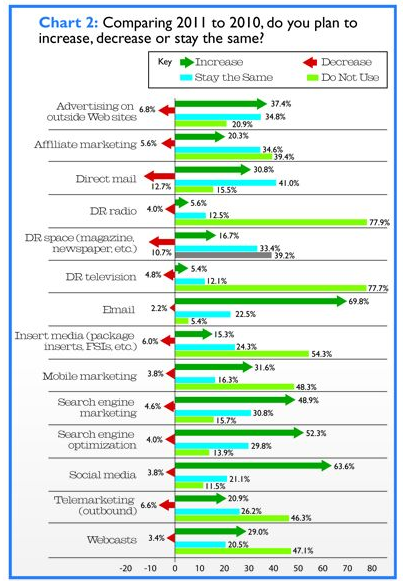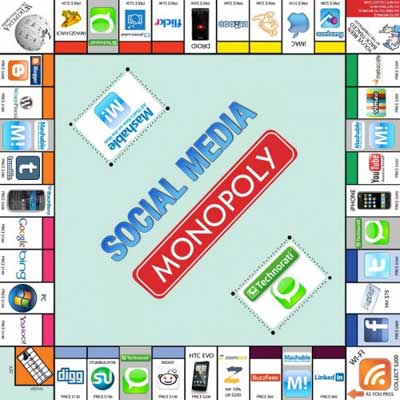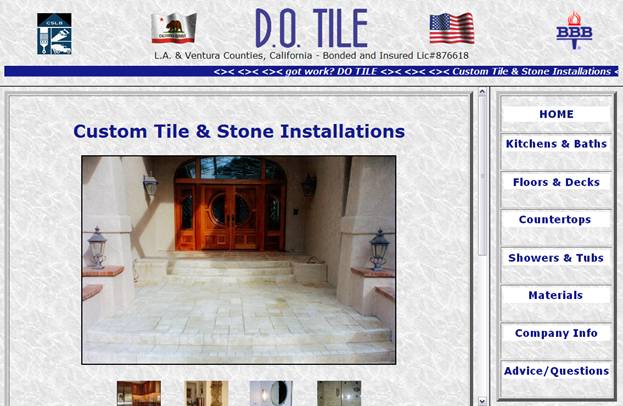Watch Out! Are You Building A Frankenstein on #SocialMedia?
Frankenstein somehow came out as an illustration in a recent discussion with a friend which I thought is a fitting example when it comes to creating a social media marketing campaign. How is it so?
5 Things to Consider When Building Your Next Social Media Marketing Campaign
1. Don’t build something you can’t power up!
Excited business owners and entrepreneurs often fall into the trap of building an idea fortress. You may have a grand scheme in mind but be aware of the time constraints, cost, knowledge, technical skills and practicality in making your plans a reality. Can it really be done with your current resources?
Always build a MVP – most viable product by first putting together what’s most important and practical to keep the costs down until you can afford something as big as a Frankenstein.
2. Watch your back!
Don’t let it haunt you in return. When Frankenstein came to life, it backfired and became a monster instead. Look out for loopholes in your marketing campaign that can bite you in return. It may be the terms and conditions, the sign up process, the voting process, the selection process or even the tools that you pick – you do not want to use a trial tool that ends before your marketing campaign ends!
A simple rule before launching your social media marketing campaign publicly is to test it and test it again!
3. Be innovative!
Frankenstein was created by stitching together different body parts. Your campaign can be created by stitching together different ideas from other marketing campaigns too! There really isn’t a need to reinvent the wheel for your campaigns. Understand existing concepts and inject your own flavor to make things different.
Be on a look out for great ideas both online and offline that you can implement in your next campaign.
4. Don’t build for your own pleasure!
Was there a need for Frankenstein to be created? Do the citizens of that time need Frankenstein? Not many people can create a new need like Steve Jobs did with the iPad. Build a campaign that your target audience would want to participate in. Don’t fall in the trap of building something cool just because the bigger companies are doing it. If your audience needs nothing more than a simple sweepstakes, so be it.
Always fall back to the basics: is this what my target audience wants? is my social media marketing campaign too complicated for them to participate? will there be any technological barriers?
5. Don’t give up!
Unlike Frankenstein, you do have an opportunity to make changes to adapt to the changing requirements of your target audience. Don’t give up when the marketing campaign did not progress as expected because you are dealing with humans and their preferences change from time to time. Take time to understand the flaws of your campaign and do better in the next.
Be reminded that your marketing campaigns are built for human participation therefore their preferences can affect your results.

